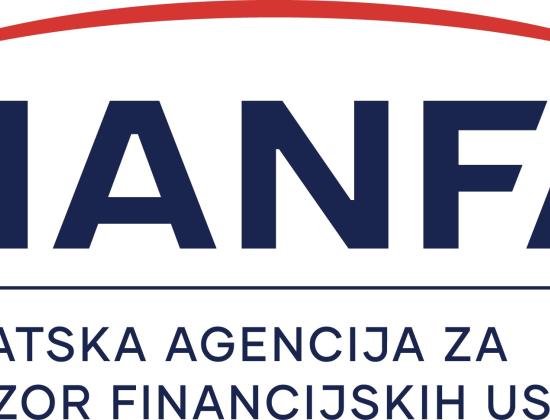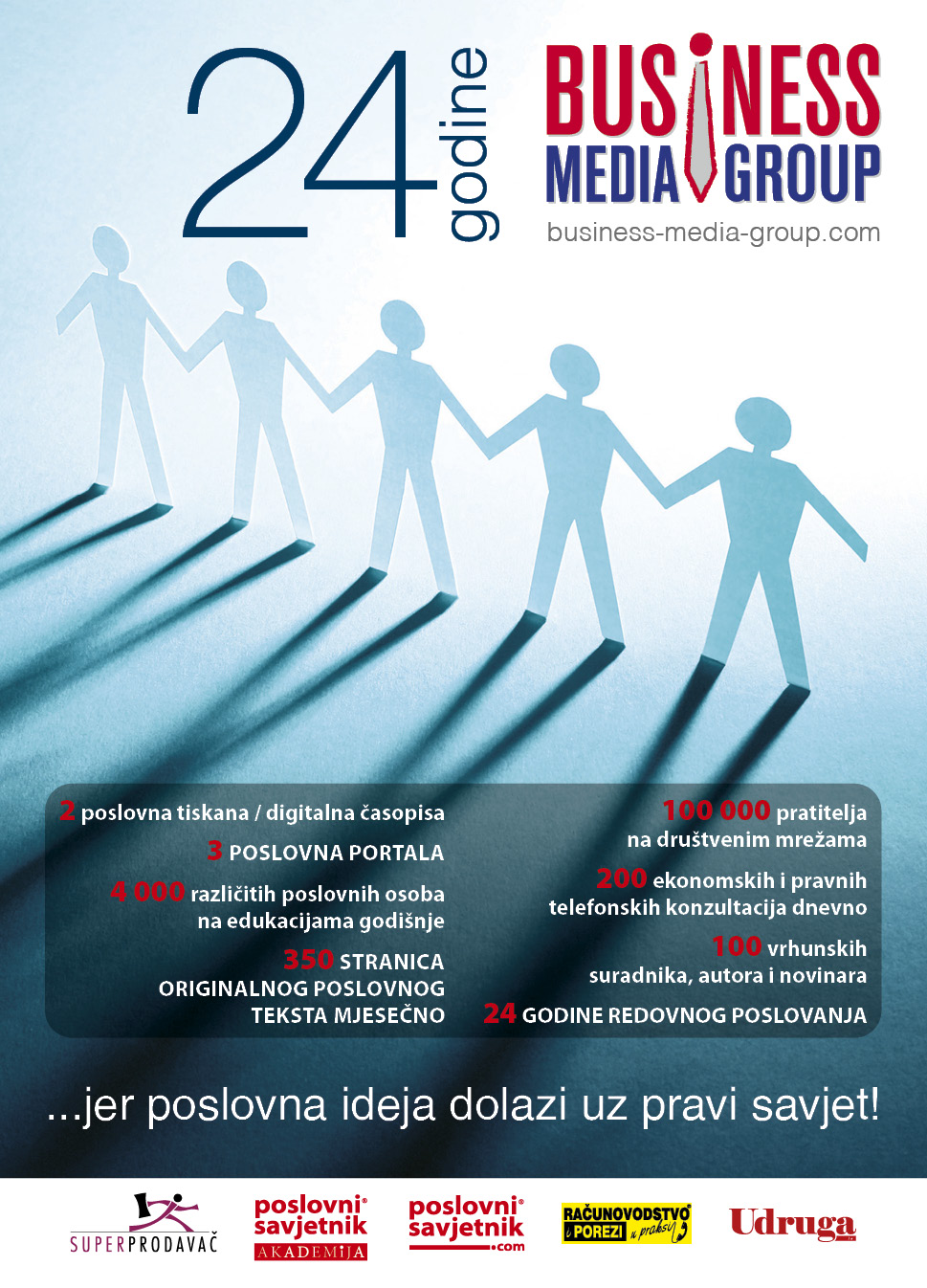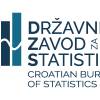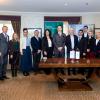John Lodder: Managers need new skills, but many, deep in their hearts, want to go back to the old situation

In my July column, my hundredth for Poslovni savjetnik, I write about my main hobbyhorses that are to me crucial for running a successful organization.
After ‘managers should become leaders’ follows the statement that ‘change is no longer a project’ but ‘a continuous process of development and learning’. Based on the combination of ‘Organizational Reinvention’ and ‘Appreciative Inquiry’ professor Lindsey Godwin offers 4 key actions how leaders can apply this in their personal practice. As ca. 80% of global employees are not engaged in their work (Gallup, May 2022) I give some practical examples how to improve your role as a leader by involving, challenging and engaging your people’s trust based on the work of John Hagel III.
Managers in a hybrid world
‘In the new hybrid world managers’ old skills turn out to be no longer adequate. During the pandemic, everyone had to improvise but now the time has come to draw lessons from it.’’ said Robert Hooijberg.
As a professor of organizational behavior at the IMD Business School in Lausanne, he and his colleague professor Michael Watkins conducted research into the skills that managers need after the covid pandemic. Their conclusion: 'Managers have to work on themselves.'
Managers need to realize that they have entered a new hybrid world. From now on, their people will partly work from home and perhaps at different times. As a manager, you will no longer be able to manage with the traditional way of managing. 'Employees will largely be in a virtual coordination mode. At the same time, a different approach is also expected from them when employees do come to the office.”
Of course, many managers have changed the way they work in the past year. “But many of them thought it was temporary,” says Hooijberg. ‘We recently conducted a survey among managers at our own university. Deep in their hearts many would prefer to go back to the old situation. In other organizations you see that there is a great tendency to solve it administratively. Like: “From now on you come to the office on Monday and Wednesday, you on Tuesday and Thursday and everyone is free on Friday.”
That gives managers little freedom and opportunity to really do things differently with their team.'
What do you want to gain?
Hooijberg believes that managers should first consider what they want to gain in this new situation.
They need to see the benefits of the new hybrid way of working. Look for instance at all those facility managers who, for financial reasons, now want to move quickly to smaller offices.But if you as a manager want to meet with your team twice a week, then there must still be room for that.”
For instance, at the TomTom Company every employee can choose when and for how long (s)he will work from home or at the office. The Dutch parliament approved this week a new law that gives every employee the right to (demand to) work from home.
As a manager, you especially have to ask yourself what type of leader you are and what you want to become.
For some, the virtual way of working is easier to learn than for others. Moreover, it is good to realize what is expected of you. What do your people want and need from you? Do you mainly have to supervise or are you more of a coach? Do you mainly focus on innovation and collaboration or are you the one who represents the team and the company to the outside world? Every role requires other and different skills in the post-covid era.
Leading in a constantly changing world requires a Reinvention Mindset
Lindsey Godwin, professor Organizational development at the Stiller School of Business, says: ˝Leading in these turbulent times requires not only embracing change but must fundamentally rethinking it.˝
The last 2-3 years provided indisputable evidence to support the old adage that change is the only constant.
The perimeters of organizational life shifted almost overnight as the quick pivot to remote work erased boundaries between home and office. Things are continuing to shift as long-term remote work has become the reality for many, with one in six workers projected to continue working from home full or part time even after the pandemic is over.
For others, the covid-19 pandemic triggered entire career transitions in the wake of massive organizational restructurings, downsizings and closings that have left ca. 10 million (USA) employees without a job since the beginning of the pandemic.
To survive over the long haul, a company must reinvent itself periodically, jumping from the flattening end of one business performance curve to the rising slope of another. (see figure 1)
Very few companies make the leap successfully when the time comes. That's because they start the reinvention process too late. Once existing business begins to stall and revenue growth drops significantly, a company has less than a 10% chance of ever fully recovering.
There is a striking difference between companies that have successfully reinvented themselves and those that failed. High performers manage their businesses not just along the growth curve of their revenues but also along three much shorter, though equally important, S curves: tracking the basis of competition in their industry, renewing their capabilities and nurturing a ready supply of talent.
By planting the seeds for new businesses before revenues from existing ones begin to stall; these companies enjoy sustained high performance.
What is new is the increasing higher speed that threatens the lifecycle of organizations, see figure 1.
Figure 1: 4 Lifecycles of organizations.
The average lifetime of a company shortened from 75 year in the 1960’s to 6 years in 2020.
To survive organizations are forced to anticipate faster as ever to developments in their different markets (e.g. employees, core business, customers, competitors, suppliers, sustainability, laws etc.) and take action.
We call this action to survive: ‘re-invention’. (We base the average maturity / top of an organization at 50% of the Gauss-curve.)
In average, companies reinvented itself at 37,5 years in the 1960’s which went up to an average reinvention every 3 years in the 2020’s. (Based on annual surveys of the Reinvention Academy)
With nearly every industry having been disrupted in some form over the past two years, and the promise of continued turbulence ahead, leaders are slowly realizing that the classic theories and models of change are no longer sufficient to address the sustained change in our modern world.
Historically, approaches to change have been grounded in management theories that were designed to handle clearly defined technical issues that were typical in the early 20th-century industrial workplace.
The enduring legacy of the principles of scientific management that guided the industrial age has been a mindset that change is something to be “managed,” with a distinct beginning and end.
As The Change Lab’s “2020 Workplace Report” found, however, it is time that leaders update their views of change to more appropriately reflect the reality of complex and continuous disruption that faces organizations today.
Instead of considering change a discrete event, leaders need to embrace the reality that change is actually a continuous development process, often without a definite conclusion. That’s why Change is not a project anymore.
With this updated concept of change, leaders can then shift their energy from ‘trying to control change’ to ‘embrace the possibilities of change’ by creating an organization culture of resilience and reinvention.
Embracing the possibilities of change with a Reinvention Mindset
As Dr. Nadya Zhexembayeva, a global thought leader in the domain of organizational reinvention, says, “Change is not a punishment. It is the ultimate freedom to make a choice.”
In her book “The Chief Reinvention Officer: How to Thrive in Chaos,” she goes on to define the reinvention mindset in a variety of ways, summarizing it practically as “a systemic approach of engaging in healthy cycles of renewal, building on the past to ensure current and future viability.”
The reinvention mindset Zhexembayeva outlines involves five fundamental flips of our traditional change script:
-Recognizing that change is constant.
-Breaking norms before somebody else does.
-Building a system for proactive reinvention.
-Retaining the best of the old while fostering the new.
-Thinking ahead to build up tomorrow.
If these shifts represent the “what” of the reinvention mindset, let’s consider ˝how˝ leaders can cultivate this evolved mindset not only in themselves but across their organization.
Appreciative Inquiry: An Approach for Cultivating Resilience and Reinvention
Appreciative inquiry (AI) has been turning the old idea of organizational change on its head for the past 30 years and provides a generative framework for today’s leaders in the creation of resilient, reinvention-minded cultures.
Instead of starting with a focus on what is wrong in their organization, AI invites leaders to ask what is working well and how can we scale successes. Simply put, AI invites leaders to intentionally ask what they want to accelerate, with the realization that what we appreciate will grow.
Leaders need to embrace the reality that change is actually a constant and continuous development process.
Translating the core principles of AI into guiding leadership practices, there are several actions that can help leaders alter how they approach change and embrace a reinvention mindset:
1. Leading with questions
Leadership is not about having the answers anymore! It is all about asking the right questions!
Asking questions that help inspire possibility and invite new thinking helps us move forward in times of uncertainty.
Rather than asking questions about what they don’t want (i.e., “What is wrong here, and how do we fix it?”), appreciative inquiry invites leaders to ask questions about what they do want (i.e., “What do we want next month to look like, and how can we create it?”). This approach shifts conversations from diagnosing and fixing the past to imagining and building the future.
2. Co-creating with stakeholders — including customers
If modern leadership is all about asking questions, those questions need to be asked with, and answered by, all the stakeholders in a system. By engaging the diverse voices in an organization, leaders can lift up the wisdom that is distributed across their system. Doing so not only leads to more robust solutions, it also helps building commitment for those solutions, because people commit to what they help co-create.
Organizations that are successfully pivoting amid the pandemic realize that this engagement extends to employees and customers. Bringing the customer voice into processes helps inform the customer while keeping the organization close to what customers want and need as the world changes. The principle of wholeness from AI reminds leaders that change is always more effective when the whole system is engaged.
3. Prototyping and Pivoting
It is also important to begin turning the ideas generated through inquiry and stakeholder engagement into action. One way to do so is by prototyping and pivoting. Rather than waiting for the perfect new product or process, leaders can roll out beta tests and experiment with pilot projects. Getting concepts “out there” for people to see and interact with helps leaders move away from the old mindset that a change initiative is neat and tidy. Instead, they can lean into a continual reinvention mindset where they take action, learn from it and pivot to the next iteration.
4. Leveraging Strengths
In every system, there are strengths and assets to leverage. As Peter Drucker, one of the most prolific and influential scholars of management, wrote: “The task of leadership is to create an alignment of strengths in ways that make weaknesses irrelevant.”
Creating a culture of reinvention is much easier when teams have building blocks to work with.
Appreciative inquiry invites leaders to actively seek and connect the strengths in the people around them. By uncovering and aligning the strengths of individuals and teams, and across their entire organization, leaders can lift up what is working well as a starting point for building the new.
This approach feels better than focusing on weaknesses and enhances creative and decision-making capacities. After all, when we are in positive affective states, our cognitive processing is improved.
The good news is that leaders can cultivate and strengthen a reinvention mindset through intentional training and practice. Building skills and approaches like design thinking, a growth mindset, and inclusive leadership, collaborative partnering and storytelling for success, can enhance this mindset.
In order to thrive in today’s disruptive world, leaders must adopt a reinvention mindset that ensures all stakeholders are involved in and committed to co-creating improvements for today and tomorrow.
Leadership is no longer about driving toward a known outcome; it is about continuously unleashing new possibilities.
Leaders cannot have all the answers
As John Hagel III wrote: ˝Leaders today need to revisit an highly overlooked skill: asking open questions.
In my 40 years as an executive and advisor in Silicon Valley, I’ve often seen leaders assume that people look to them for answers, bold assertions that build people’s confidence in their competence.
But in reality, that kind of approach erodes trust, especially at a time when so much is manifestly uncertain.
If you think you have the answers to all important questions? That suggests that you are either clueless, you have no idea how rapidly the world is changing, or that you are lying.
In either case, you won’t find that trust that you’ve been looking for.˝
Or as Apple founder Steve Jobs once famously said:
Good Leadership is about asking good questions
Especially when they find themselves in the midst of crisis and uncertainty, leaders should ask powerful and inspiring questions. Asking questions well, can put you on the path to solving intractable problems and will also help you connect with others and, counterintuitively, to earn their trust.
Those questions should be big in scope: What new opportunities have emerged that we don’t want to miss? How might we use new technologies to change our business model?
And you should involve others in answering those questions, especially your employees and other stakeholders, and even customers. Doing so can not only help you generate better answers, it can also help you to change your organization’s culture.
Some leaders I talked with tend to be nervous about this approach; won’t it look like they don’t know what they’re doing? On the contrary, research has shown that expressing vulnerability and asking for help is a strong signal to others that you are trusting them, and you’re more likely to be trusted in return.
In fact, if you can learn to ask questions well, it helps you connect with others.
Thinking together can put you on the path to solving intractable problems and sparking innovative thinking.
Ask Big Questions
To be clear, it’s not that you should ask pointed and closed questions that put others on the spot, like “How can you deliver 10% higher productivity?” or “Are you missing anything here?”
The kind of questions leaders need to ask are challenging, those that invite people to come together to explore major new opportunities that your organization hasn’t identified yet. Here are some examples:
-What is a game-changing opportunity that could create much more value than we have delivered in the past?
-What are emerging unmet needs of our customers that could provide the foundation for an entirely new business?
-How could we leverage the resources of third parties to address a broader range of the needs of our customers?
-How can we move from standardized, mass-market products and services to personalizing our products and services to the specific needs of each customer?
-How can we develop supply networks that would be more flexible in responding to unanticipated disruptions in production or logistics?
-How could we harness sensor technology to create more visibility into how our customers are using our products and use this information to deliver more value and deepen trust with our customers?
Focusing your questions on these kinds of new and big opportunities rather than on the existing activities of the organization can also help you to sidestep your fear that questioning will be seen as a sign of weakness, since there’s no way you could be expected to know the answers.
These broader questions also communicate that you have a sense of ambition that you want to take your organization way beyond where it is today. And you can bolster your credibility by providing evidence of those long-term trends that underlie your question, for example, emerging technologies that are likely to offer new opportunities, or demographic shifts that will create some significant unmet needs among your customers.
Involve Others
These questions also invite collaboration. To make the most of them, don’t ask them in closed leadership meetings. Instead, broadcast them throughout your organization and even beyond it.
It’s not just you posing a question to your people, it’s your brand reaching out to learn from its consumers.
Reaching out beyond the organization to connect with expertise and perspectives from a broader set of more diverse sources will help your company learn faster.
For example, take Domino’s Pizza. About 10 years ago, Domino’s was hearing from customers that they did not like the company’s pizza. Many organizations might have tried to hide this information or work behind the scenes to correct the problem. Domino’s Pizza did something different. They made public the feedback they were receiving and asked for suggestions on how they could improve the quality of their pies.
This open question generated an avalanche of suggestions that proved very helpful in improving the pizzas.
But beyond an open innovation success, the impact was even more fundamental: by expressing vulnerability,
I believe that the company built trust with customers. Here was a company that was willing to acknowledge they had a problem and to ask for help in addressing the problem.
Change Your Culture
Anxiety can run high in volatile times, and by asking these kinds of questions you can help people overcome some of their fears. It’s well established in the psychology field that coming together with others can reduce anxiety, that’s the idea behind group therapy. And achieving real impact can also help overcome feelings of being overwhelmed. Thus by helping people to focus on short-term actions they can take together, your questions can provide a focusing and calming effect during a crisis. .
By asking questions as a leader, you also communicate that questioning is important.
You’ll inspire people to identify new opportunities and to ask for help when they need it. These behaviors lead to a culture of learning, which is critical, since the institutions that will thrive in the future are those that encourage everyone to learn faster and more rapidly expand the value that they deliver to their stakeholders.
This will be especially true if you encourage exploration that can generate new insights into potential answers to your questions, rather than simply expecting complete answers and nothing less. This will encourage people to make small moves initially that can quickly help to increase excitement about the question since participants can quickly begin to see progress.
As early answers to your question begin to emerge (as a result of experiments or research, for example), share them, even if they are not groundbreaking.
They’ll contribute to your culture of learning and show your stakeholders that your questioning is generating new insights, increasing their confidence in your methods.
Leaders who ask powerful questions have the greatest success in both seizing new opportunities and addressing unexpected challenges — and they build cultures that will carry these benefits into a successful future.
For this column I was inspired by: Prof. Dr. Robert Hooijberg, Prof. Lindsey Godwin, Ph.D., Dr. Nadya Zhexembayeva and John Hagel III.
John Lodder M.A, MSc.


























